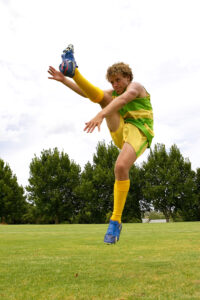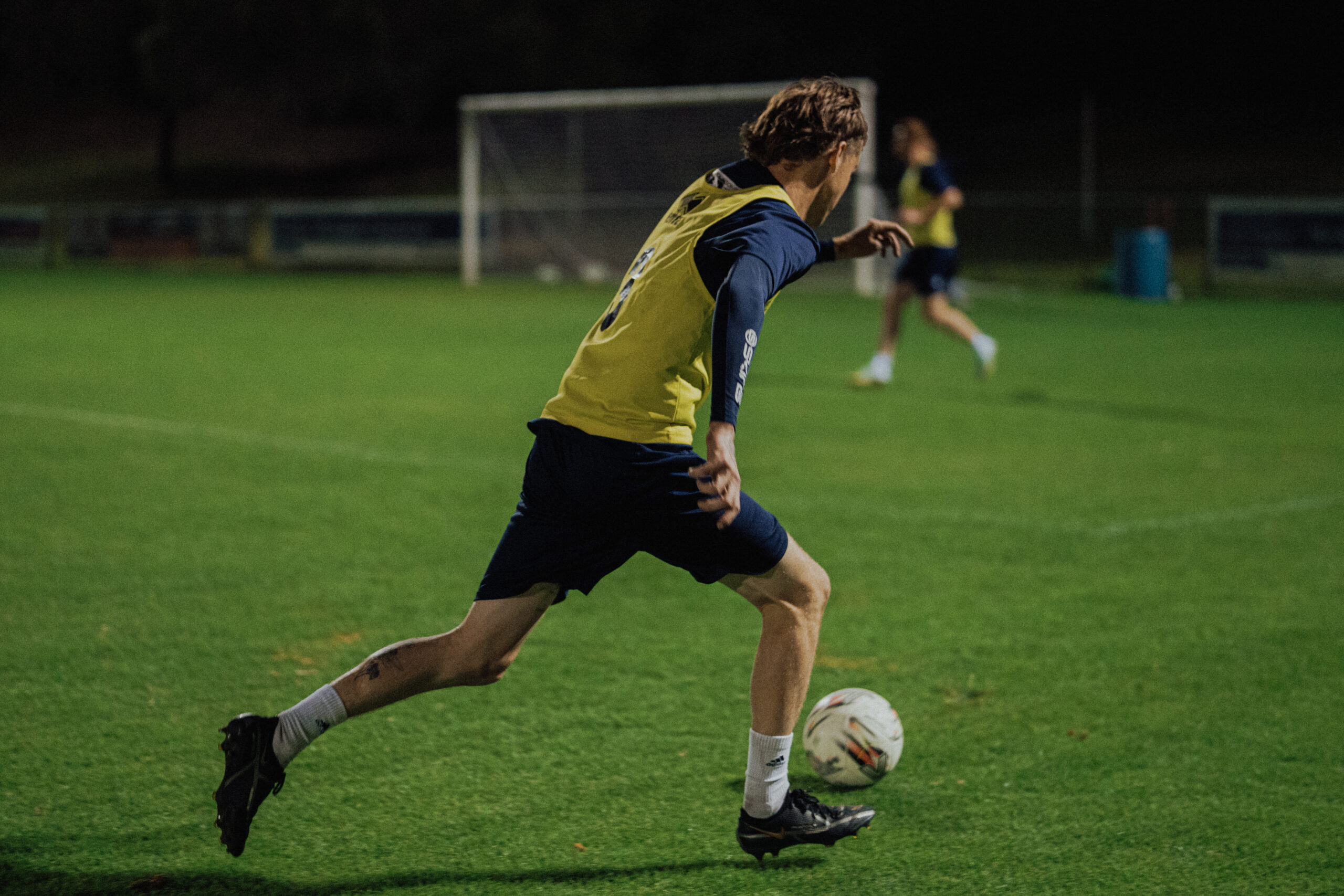With preseason for sports around the corner, more and more young athletes are coming into the clinic with varying niggles and pains.
Growth spurts, school and club sport schedules and the overlap of summer and winter sports all contribute to this population becoming a higher risk for injuries.
Growing pains
We’ve all heard of ‘growing pains’ but what does that really mean?
When adolescents (12-18years) go through their growing phases there are a couple of conditions that become more prevalent around growth plates.
Growth plates are areas where bone is laid down, to determine the future length and composition of the bone. The most common areas that this occur include the heels, knees and hips.
These areas are also anchor points for tendons, which connect to muscles around the body. When an athlete uses these muscles a lot, the growth plates can become a source of pain and discomfort.
Strength vs length
Another factor that comes into play is the imbalance between the strength of the athlete, and how rapidly they are growing.
The larger the levers, the more demanding this is for the muscles and tendons.
This can lead to an overuse of these structures which can, in turn, flare them up.
Spreading too thin
Most young athletes have a variety of things going on during this time in their lives.
School, work and club/district sport can all overlap without them knowing it.
Simply put, an increased load (activity) using the same muscles, joints and tendons can lead to them becoming fed up.
And when they’re fed up, they express themselves through pain and weakness, which can only be ignored for so long.
What to do
The main things to look out for include pain in these areas (heels, knees and hips) during and after sport, which worsens during or after a growth spurt.
Pain is usually achy in nature and builds up over time in intensity and constancy.
If you are experiencing this, the best initial management is to take a break.
Reduce the overall load that the athlete is participating in, to give the body time to recover.
Most of these flare ups will respond well to this, and the athlete should be able to gradually resume their activities.
However, in some cases these ‘niggles’ do not clear up.
They keep coming back during exercise and eventually start affecting day to day activities.
This is when it’s important to escalate the issue to prevent longer term time off sport.
A visit to your physiotherapist to get some advice, treatment and a rehabilitation program will be the best thing to get you back in action as quick as possible.
Here are a few links for more information on common adolescent injuries:


